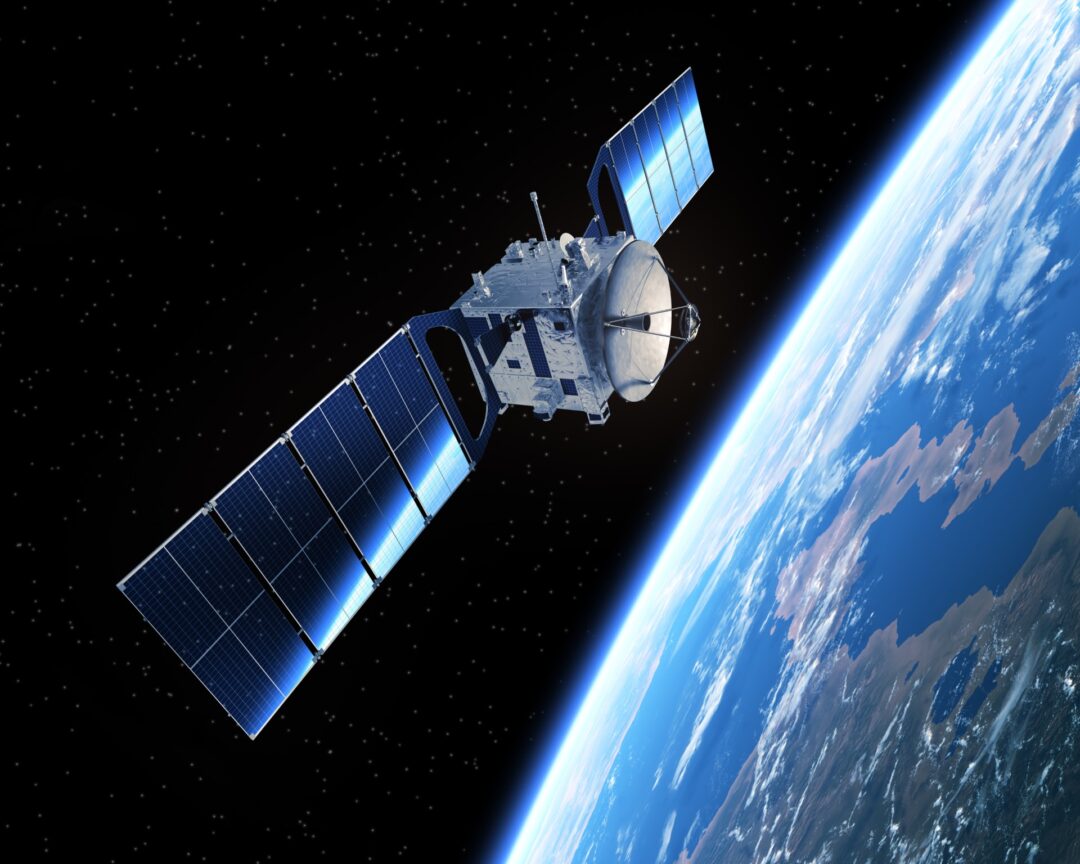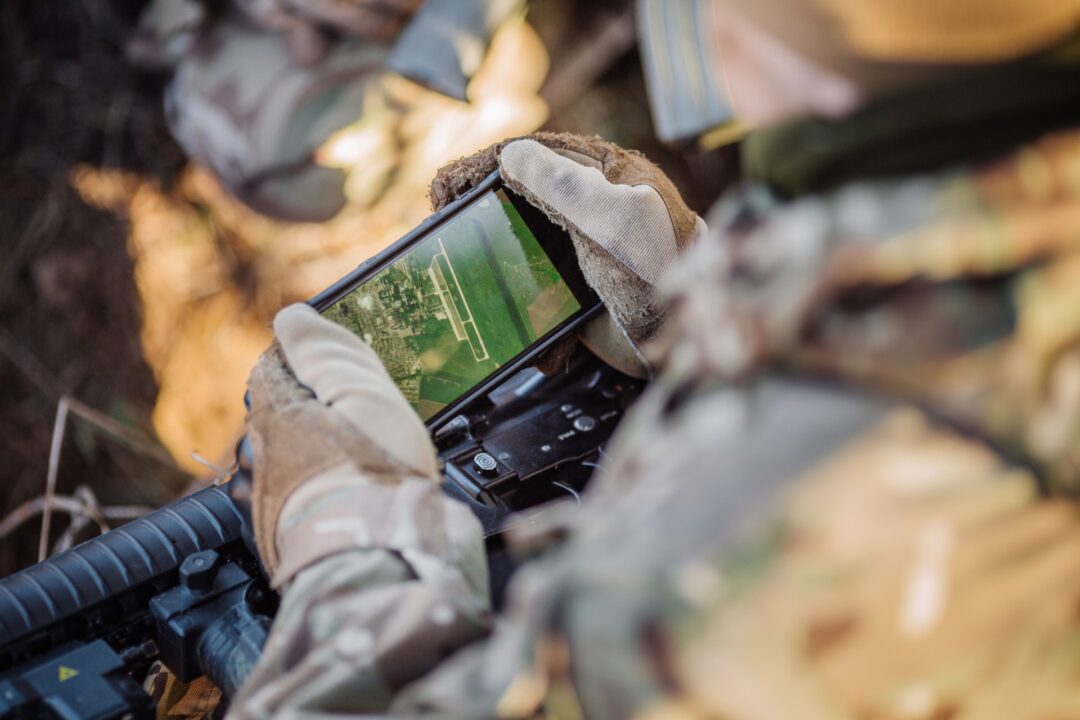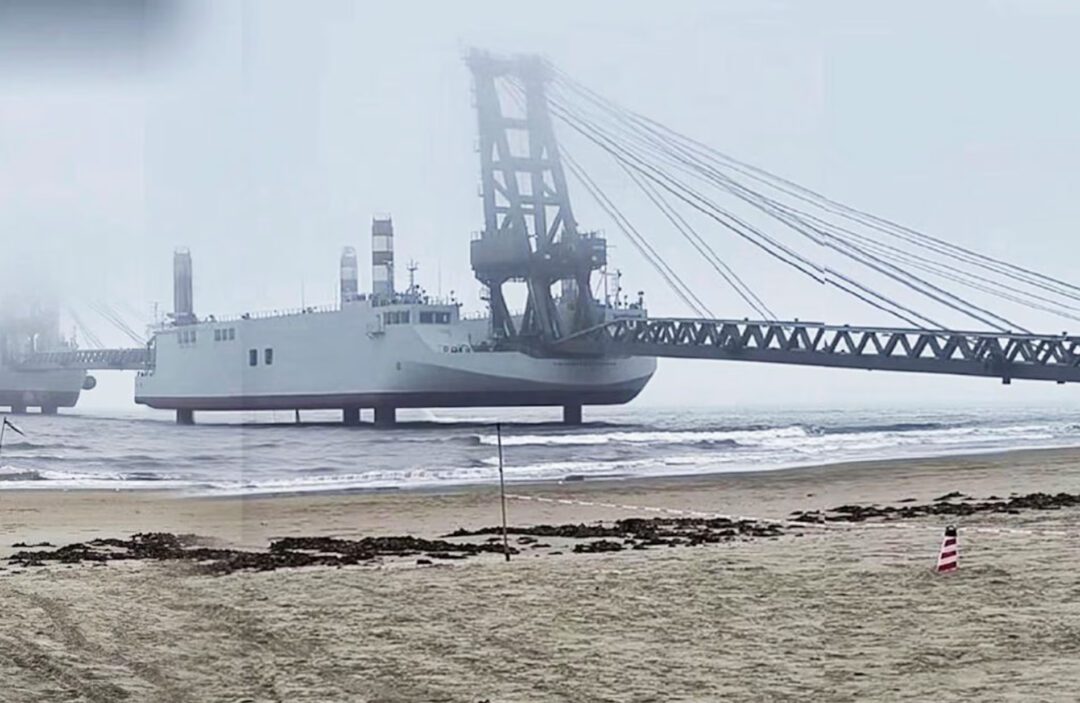
Defending the future
The world is constantly changing, which brings not just new opportunities and improvements, but unfortunately new threats and vulnerabilities. For the UK, recent developments both globally, such as the COVID-19 pandemic, and domestically, such as its departure from the European Union (EU), mean that great change is upon us across all aspects of national infrastructure.
The Prime Minister, Boris Johnson, recently announced a review of the government’s foreign policy, defence, security and international development to re-examine the UK’s priorities and objectives for the next ten years. The ‘Integrated Review’ will cover all aspects of the UK’s place in the world, from the role of our diplomatic service and approach to development, to the capabilities of our armed forces and security agencies.
The review highlights technology as one of the key game changers in the future of defence and national security. With the combined capitalisation of Apple, Google and Microsoft now exceeding the UK’s GDP,1,2 the tech industry is dominating all manner of sectors, and defence is no different. So it’s imperative that the British armed forces are equipped with the latest innovations and capabilities.
This article looks at some of the technologies and capabilities on the horizon that will impact the country’s defence strategy, as well as the ways we can work with our allies and industrial partners to acquire and utilise them effectively.
Tech to watch
The Integrated Review states as an objective that the government is seeking “strong science, technology & data capabilities; and a reformed and refocused approach to defence underpinning all of the above.” It’s clear that tech is key in their plans, but the British armed forces have thus far not embraced new technology and innovative capabilities quickly enough, and now face significant challenges within an increasingly threatening environment.
It’s not always that they are not investing in new platforms – ships, planes and vehicles are all commonly upgraded – it’s a case of time and investment being placed in the wrong areas. To meet the review’s objectives, the key focus should be on digital platforms, not just hardware. Many adversaries are adopting digital, disruptive information-age tech and engaging in cyberattacks and spreading disinformation to dominate the digital battlespace – and so should we.
Cyber-electromagnetic and space capabilities, such as disruptive and destructive malware, electronic warfare systems and anti-satellite weapons, are being used to disrupt, jam, spoof, and hack communications and precision navigation and timing systems.
As the world changes, we must transform the way we think and the way we operate in order to gain military advantage. Over the next ten years, these new and evolving technologies and capabilities, including the space domain, automation, robotics and Cyber-Electromagnetic Activities (CEMA), will revolutionise UK defence operations, and it’s time to get ahead of the game.

Space:
The Ministry of Defence’s (MoD) Skynet family of commercially managed military communications satellites has provided strategic comms services to the British Armed Forces and its allies since the successful launch of Skynet 2B in 1974.
The current iteration, Skynet 6 is in development and the UK Space Agency is leading Britain’s international collaboration on civil space programmes which means there has never been a better time to embrace the space domain fully.
In order to meet the objectives set in the Integrated Review, the UK must strengthen partnerships with foreign spacefaring governments, and support international initiatives that promote the responsible use of satellites and space-based tech. Space support must also be extended to the front line by exploiting relevant technologies, which may involve strengthening relationships between the European Space Agency (ESA) and the UK Space Agency. Collaboration between the two agencies on future technologies, such as the exploitation of 5G in space, should be sought, with a near-term emphasis on post-Brexit activity.
Automation and robotics:
Robotics and autonomous systems are being used across multiple sectors, from automatic jet engine inspection to AI-led threat detection on Naval ships. Exploitation of these technologies can make our armed forces more effective and provide strategic superiority through innovation including advanced sensors and machine vision. They could be applied on combat operations, but also on humanitarian and disaster relief missions too. Most importantly, they aid in taking soldiers out of harm’s way through automating certain tasks, such as surveillance and bomb disposal.
The successful application of robotics and autonomous systems will come from overcoming the technical challenges of integrating them within existing systems. They must enhance and protect personnel, enabling commanders to make informed decisions, not replace them. It’s vital we ensure we have the appropriate interfaces, security and assurance safeguards in place to provide confidence to users and our allies.
Cyber-Electromagnetic Activities (CEMA):
We rely on access to the Electromagnetic Spectrum (EMS) every day. It allows us to communicate, surf the web and even listen to our favourite music. In the military domain, gaining control of the electromagnetic space is critical in today’s data-driven, information-led battlespace, where information and denial or disruption is the key to dominance.
CEMA must be embraced in order for our armed forces and our allies to identify and disrupt adversary radio, radar and other communications emissions, and interpret them as intelligence sources for strategic, tactical and operational decision-making across multiple platforms.
New CEMA technology such as the capability to electronically attack adversary systems to deliver denying, disrupting or deceiving effects will provide operational and tactical benefits to the British armed forces. However, to do this architectures must be developed to support the understanding of the linked cyber and electromagnetic environments, including support of planning and operations. This will protect our forces, platforms and systems (across all domains), and defend our own use of the electromagnetic spectrum.
Allied enhancement
The UK’s global alliances and partnerships are one of our greatest strategic assets, and maintaining these relationships is key to the Integrated Review which states we must seek “a secure, stable and prosperous Euro-Atlantic neighbourhood, which enables our security and prosperity at home.”
Our armed forces operate internationally, deterring major threats, responding to crises and conflicts, and exercising and building defence capabilities together with our allies and partners. But as we leave the European Union, the way we work with allied nations is likely to change, and we must continue to protect the Euro-Atlantic region through our leading role in the NATO Alliance.
Our military relationship with the US has become stronger through shared capability. Where we once had gaps, we’ve strengthened interoperability with the States by collaborating on our aircraft carrier programmes and the F-35 Lightning II, including their decision to base aircraft in the UK.
We’ve also invested in the P8 Maritime Patrol Aircraft, which will enable us to provide protection to each other’s aircraft carriers and further improve our interoperability in anti-submarine warfare, while also providing efficiencies in basing and support.
2018’s Mobilising, Modernising & Transforming Defence document articulates well how our armed forces will deliver national and international security more smartly and effectively. In short, it will evolve adapting how they operate, becoming more innovative and better at exploiting the opportunities offered by modern technologies. This will ensure we retain strategic military advantage and are able to carry out our National Security Objectives of Protect, Project and Promote.
Changing the game
Disruptive technology changes the game in any sector, creating new markets and opportunities seemingly out of the blue. In defence these kind of innovations can provide a decisive tactical advantage, so adopting them early is crucial.
We’re currently living in the ‘Information Age’, a time where data can be shared and recorded at the click of a button. Investment must be made into disruptive technologies and capabilities that exploit the world we live in, including; the Battlefield Internet of Things, novel analytics, blockchain, hyper-automation, agile & resilient systems, self-optimising, cognitive networks, empowered edge, novel bearers, media & propagation, Cloud technologies, homomorphic encryption, seamless multi-domain integration, automated cyber defence, creation of a ‘smart’ environment, ubiquitous sensing, synthetic environments, AR & VR, human augmentation and quantum sensing/computing/encryption.
That seems a long list, but is likely one that our adversaries are looking at too. Exploitation of the above capabilities will help build out the digital backbone and help achieve the aspiration of a digitised battlespace, noting we will need to strengthen our cyber defence capabilities against an ever-evolving threat to ensure that operational and business systems can perform resiliently, efficiently and reliably.
Take a look at our expertise for more information on many of these capabilities.
The business of defence
Industry partners have supported the British armed forces through the production of technology for many years, and Roke has a strong relationship with its public sector customers. But the way the public and private sector work together can always be improved.
One way to improve cooperation is to arrange Front Line Command structures to deal with future technologies. A good example of this is Strategic Command – Defence Digital. The Chief Information Officer (CIO) has structured the organisation to be at the forefront of military digitalisation, enablement, innovation and transformation. The respective Heads of these areas are invited to forums organised by facilitators such as techUK or ADS to discuss openly with industry what technologies defence should exploit within its maritime, land, air, cyber and space domains.
Continued engagement or collaboration on innovative ideas, made possible through the removal of commercial blockers, could also lead to improved relationships and return on investment for defence organisations. This could be achieved by making better use of government organisations established to promote innovation such as JHub or the Defense Innovation Unit, to help raise research and development investment opportunities.

Conclusion
The unpredictable and frequent asymmetric engagement of modern and future warfare means that defence must evolve and exploit ‘game changing’ technologies to maintain decisive advantage over our adversaries within the digital battlespace. Therefore input and investment from the private sector is essential as the UK government embarks on The Integrated Review of Security, Defence, Development and Foreign Policy that will define the government’s vision for the UK’s role in the world over the next decade.
At Roke, our own strategy is closely aligned to the government’s emerging priorities, and as one of the UK’s leading research and development businesses, we’ve long been supporting domestic defence organisations as they evolve to meet the challenges of modern and future warfare. From providing data science advice and data engineering support to develop application programming interfaces (APIs), facilitating the rapid exploitation of apps for the Royal Navy, to working as a prime industrial partner on the Defence Science and Technology Laboratory’s (Dstl) SERAPIS framework, we’re uniquely placed to help the British armed forces and their allies navigate the battlefield of today and tomorrow.


